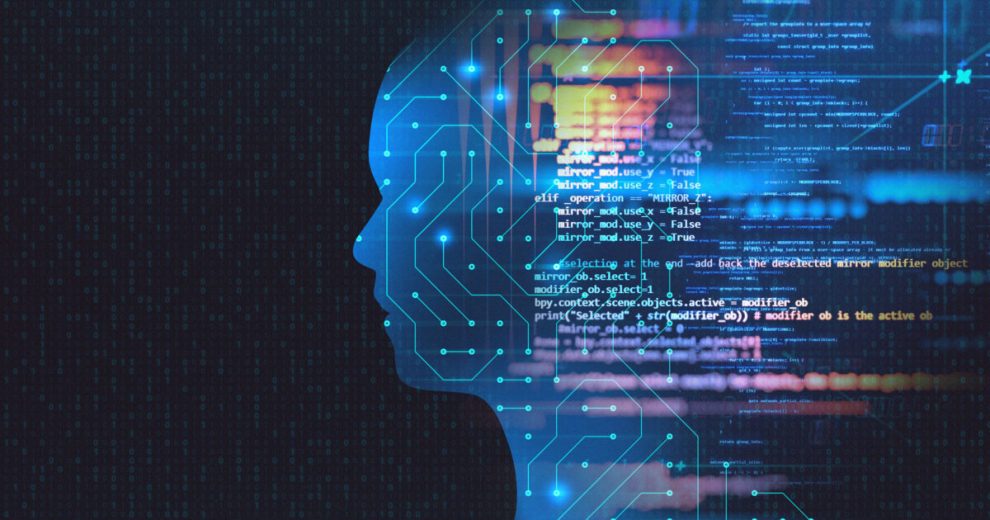The power of AI lies in its ability to glean patterns from vast amounts of data. But if that data is riddled with bias, the patterns it learns will be just as biased, leading to unfair and potentially harmful outcomes. Just like cleaning your house requires identifying and removing dirt, cleaning up AI training data requires actively confronting and mitigating bias. Here’s how to tackle this crucial task:
Unveiling the Invisible:
The first step is to recognize the types of bias that can lurk in your data. Common culprits include:
- Selection bias: When the data only represents a specific demographic or viewpoint, it fails to capture the full picture.
- Confirmation bias: Algorithms trained on data already reflecting existing biases can amplify those biases, creating a self-fulfilling prophecy.
- Algorithmic bias: The design of the algorithm itself can inadvertently perpetuate bias, for example, if it relies on historical data containing discriminatory practices.
Examining the Source:
Once you know what you’re looking for, it’s time to scrutinize the origin of your data. Ask yourself:
- Who or what collected the data? Are there inherent biases in their process?
- How was the data labeled? Are the labels themselves biased or inaccurate?
- Is the data representative of the target population? Does it adequately reflect the diversity of the real world?

The Scrubbing Spree:
Now comes the hard work: cleaning up the data. Here are some techniques to combat bias:
- Data augmentation: Generate synthetic data to fill in missing demographics or create more diverse examples.
- Rebalancing: Adjust the distribution of your data to ensure different groups are adequately represented.
- Debiasing algorithms: Apply techniques like counterfactual fairness or adversarial training to reduce algorithmic bias.
- Manual curation: In specific cases, manually flag and remove biased data points.
Transparency and Vigilance:
But the job doesn’t end there. Transparency is key – document your data cleaning process and publicly disclose any limitations or biases that remain. Furthermore, continuous monitoring is crucial. Regularly audit your data and algorithms to identify any new biases that may creep in.
Beyond the Algorithm:
Remember, tackling bias is not just about cleaning data. It requires a holistic approach that addresses the biases embedded in society, organizational structures, and even ourselves. Fostering diverse teams, encouraging critical thinking, and promoting ethical AI development are crucial steps in this ongoing journey.
Cleaning up AI training data bias is not a trivial task, but it is a necessary one. By acknowledging the problem, adopting proactive measures, and embracing ongoing vigilance, we can ensure that the power of AI is used for good, not perpetuating the inequalities of the past.
















Add Comment